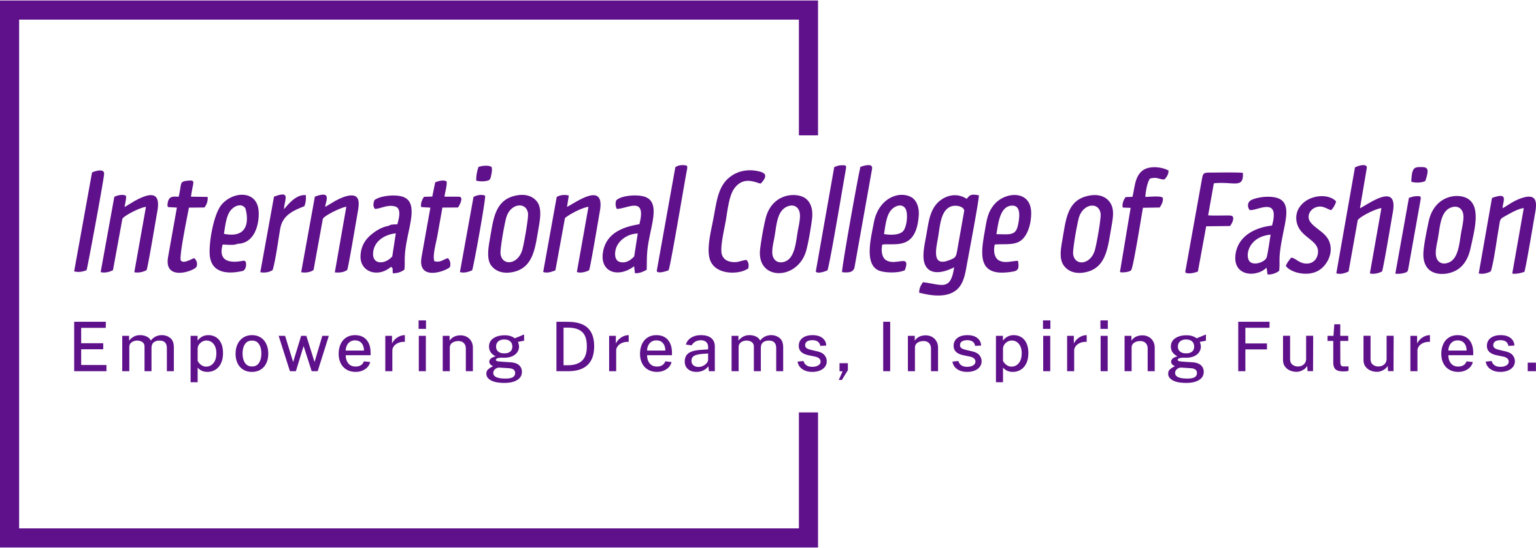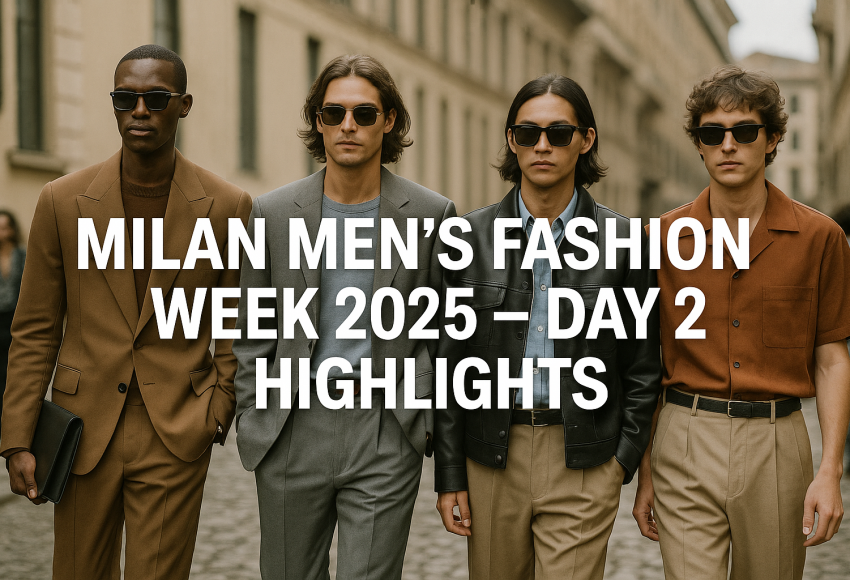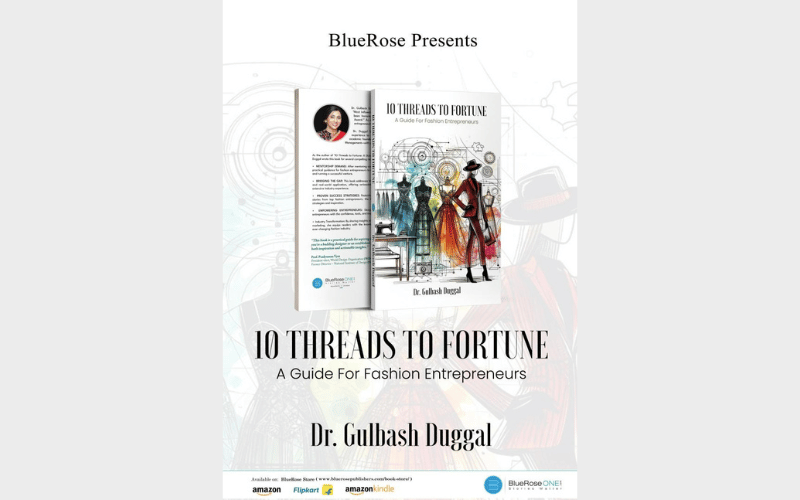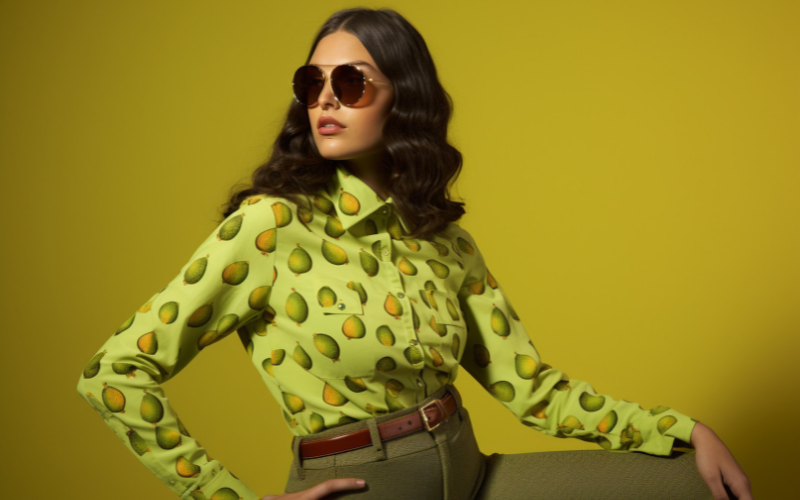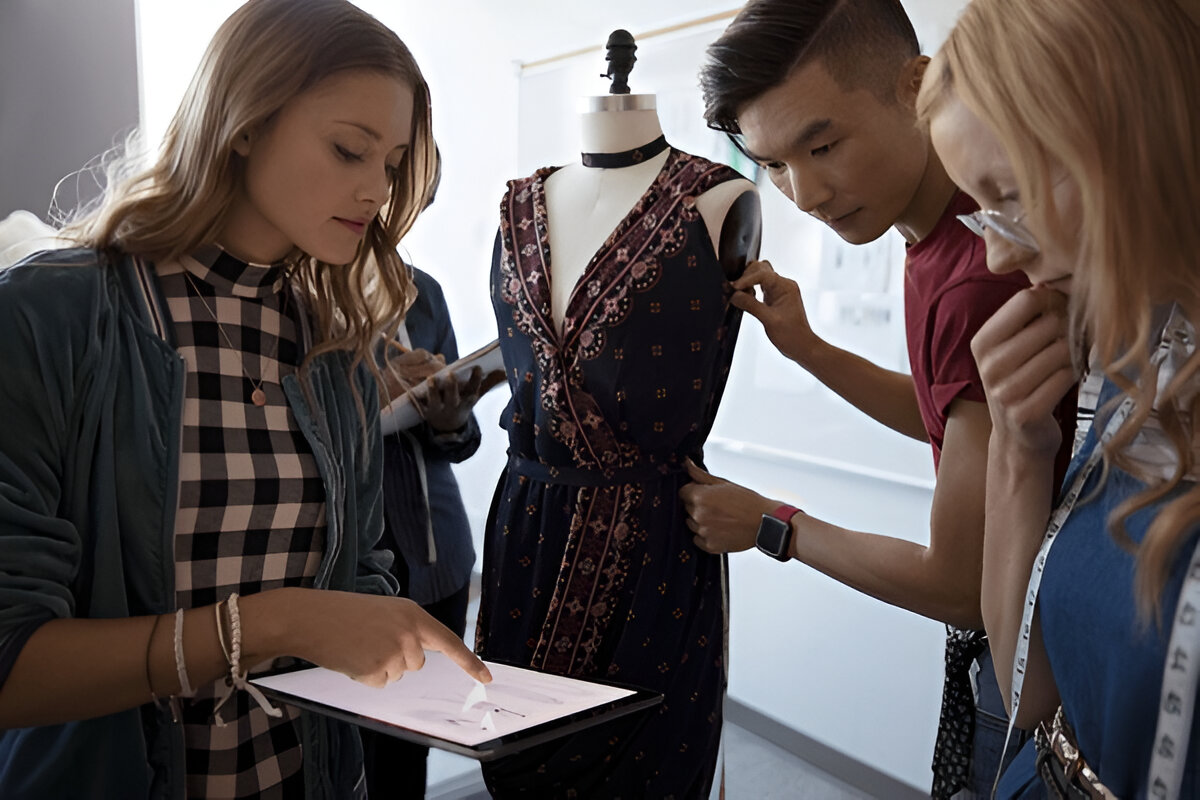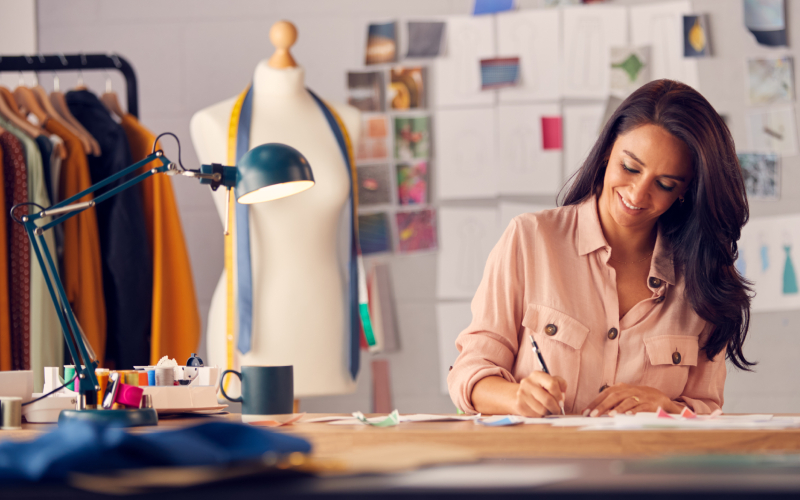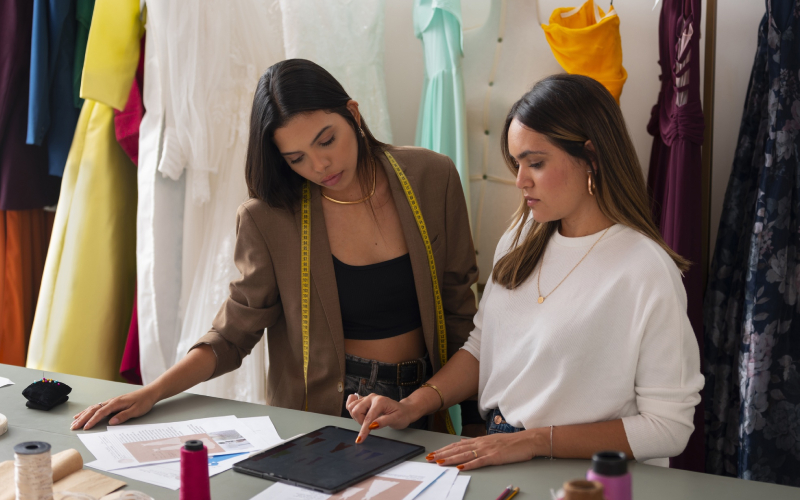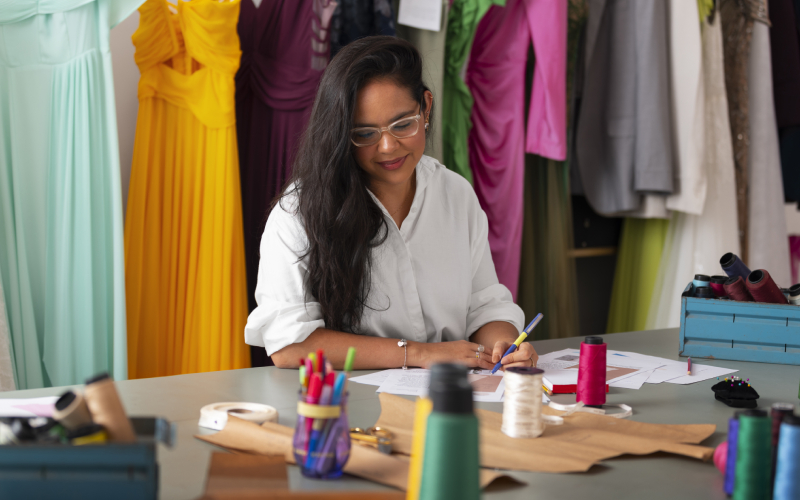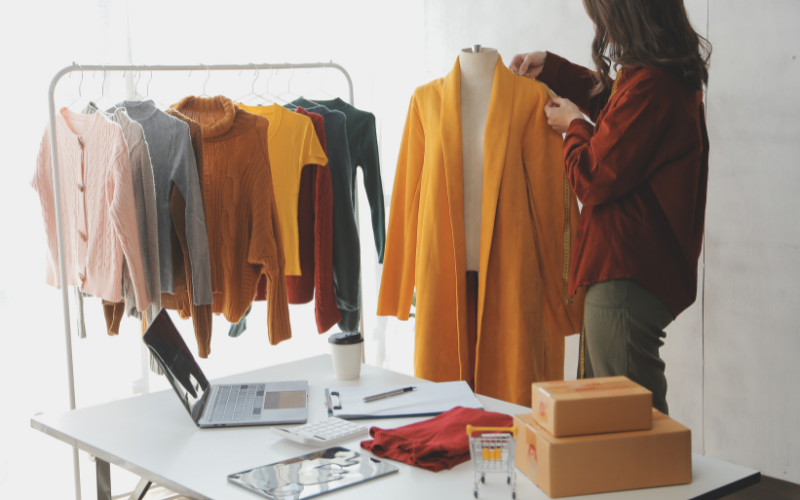Milan Men’s Fashion Week 2025 – Day 2 Highlights
Day 2 of Milan Men’s Fashion Week 2025 unfolded as a celebration of refined craftsmanship, quiet luxury, outerwear innovation, and a growing emphasis on sustainability and wearable elegance. Each designer brought forward not just clothing—but a point of view. From architectural tailoring to tactile minimalism and futuristic function, the showcases […]
A Journey Through Creativity, Business, and Innovation
I’m thrilled to share the launch of my latest book, 10 Threads to Fortune: A Guide for Fashion Entrepreneurs. This book has been a labor of love, born from my experience in the fashion industry and my passion for empowering the next generation of creators. For anyone with a vision […]
Why is a Career in Fashion More Than Just Designing Clothes?
The fashion industry is often perceived as a glamorous world filled with runway shows, high-end designers, and stunning garments. However, a career in fashion encompasses much more than just the act of designing clothes. It involves a myriad of roles, skills, and knowledge that contribute to the overall ecosystem of fashion. This blog aims to explore the […]
Why Choosing the Right College of Fashion is Key to Success in the Indian Fashion Industry
Dreaming of seeing your designs on the runway or shaping the next big trend in Indian fashion? The journey to a successful fashion career is thrilling, but the path you choose early on, particularly where you get your education, significantly impacts your trajectory. Choosing the right college of fashion isn’t […]
Fashion Design Courses in Delhi: Explore ICF’s Programs
Delhi, India's fashion hub, provides aspiring designers with numerous chances. The International College of Fashion is one of the city's best colleges. Well-known for its innovative and practical approach to fashion education.
Career Paths in Fashion Designing: From Design to Entrepreneurship
Fashion designing is an exciting and dynamic field that offers a wide range of career opportunities for creative individuals. From sketching designs to launching your own brand, the journey from aspiring designer to successful entrepreneur is filled with challenges and rewards. Let’s explore the various career paths available in fashion […]
The Role of Internships in Building a Fashion Design Career
Aspiring fashion designers often dream of seeing their creations on runways and in high-end boutiques. However, the path to a successful career in fashion design is paved with more than just creativity and talent. One of the most crucial steppingstones in this journey is the internship experience. Internships play a […]
Why Choose Fashion Designing as a Career in New India?
India’s fashion landscape has undergone a remarkable transformation in recent years, reflecting the country’s rapid modernization and evolving cultural identity. As the world’s fastest-growing major economy, India has become a hotbed of creativity and innovation in the fashion industry. This dynamic environment presents exciting opportunities for aspiring fashion designers to […]
Explore Various Career Options for Graduates in Fashion Designing
The fashion industry offers a diverse array of exciting career opportunities for those passionate about style and design. From creating cutting-edge garments to shaping trends and influencing consumer choices, the world of fashion design presents numerous paths for creative and ambitious individuals to make their mark. Fashion Designing: Career Paths […]
Top 5 Tips to Excel in a Fashion Merchandising Course
Develop Professional Communication for Industry Interactions Professional communication is the bedrock of success in fashion merchandising. To excel, you need to be clear, concise, and persuasive. Whether you’re drafting emails, making phone calls, or meeting with industry professionals, your aim should be to articulate your ideas effectively. Tailor your communication […]
